According to , nuclear power capacity is expected to continue expanding, accounting for 10% of China's total electricity output by 2035, up from 5% in 2021 and equivalent to a reduction of 900 million tons of carbon dioxide.
The share of nuclear power generation is expected to reach 18% by 2060, similar to the current average among members of the Organization for Economic Cooperation and Development (OECD).
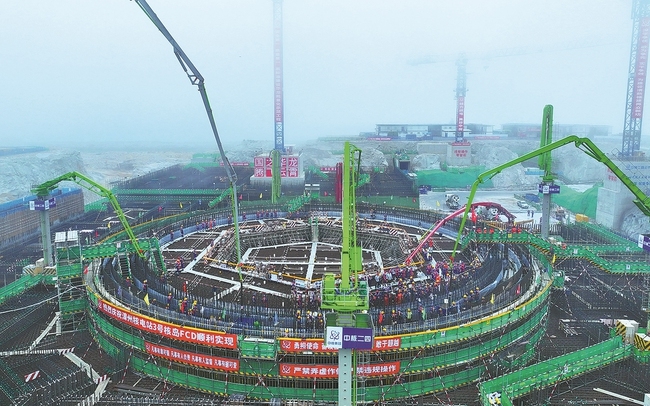
Zhang Tingke, vice president and secretary-general of the China Nuclear Energy Association, said on Monday that the Chinese government has been carrying out the development of nuclear power in an active, safe and orderly manner in recent years, with the scale and speed of nuclear power development entering a new normal stage.
According to the Green Book, China's nuclear power output has continued to increase in the past few years, and future power supply growth will mainly come from non-fossil energy sources amid green energy transition.
China's nuclear power output will reach 433.37 billion kWh in 2023, ranking second in the world and equivalent to reducing standard coal burning by more than 130 million tons compared to coal-fired power generation.
In 2023, China's nuclear power projects under construction all progressed steadily, with five new nuclear power units starting construction.
Investment in nuclear power construction will reach 94.9 billion yuan ($13.11 billion) in 2023, the highest in five years, the report said.
According to CITIC Securities, the acceleration of nuclear power project approvals is expected to spur the growth of China's related industrial chain, further facilitating the country's earlier-than-planned carbon emission reduction target.
Wang Shoujun, president of the China Nuclear Society, said that after more than 30 years of development, China has risen from a "rookie" to a pioneer in the nuclear power industry, achieving great progress in the localization of nuclear technology, including the design of the third-generation Hualong One pressurized water nuclear reactor - a reactor with full intellectual property rights to China - which is also one of the most widely accepted third-generation nuclear reactors.
Source










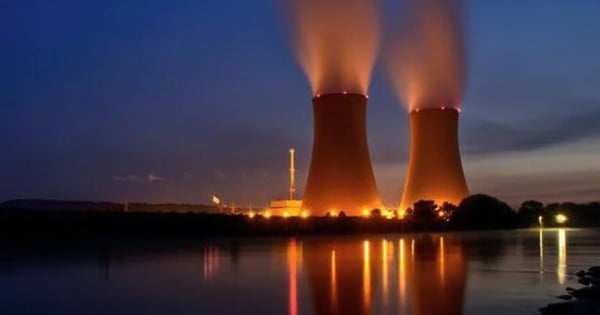






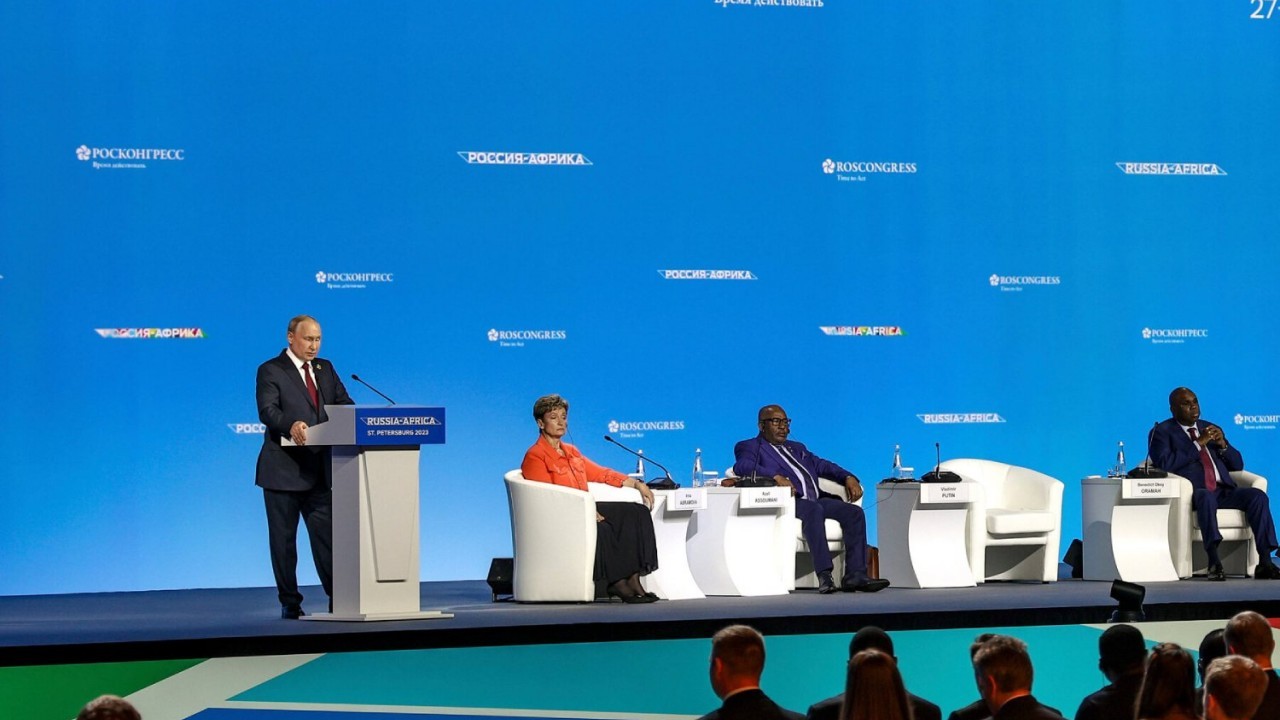


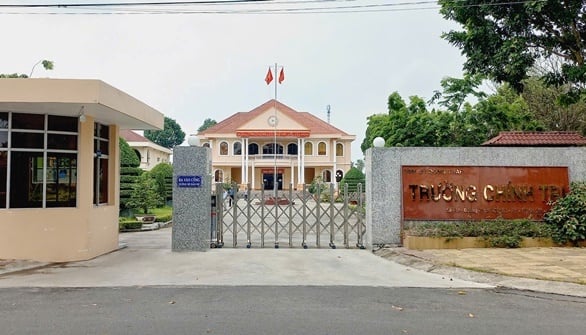












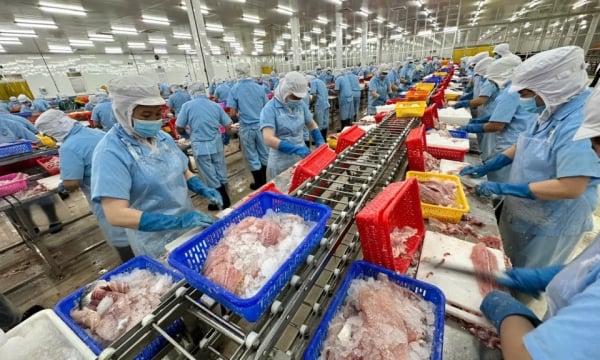
![[Photo] "Beauties" participate in the parade rehearsal at Bien Hoa airport](https://vstatic.vietnam.vn/vietnam/resource/IMAGE/2025/4/11/155502af3384431e918de0e2e585d13a)



























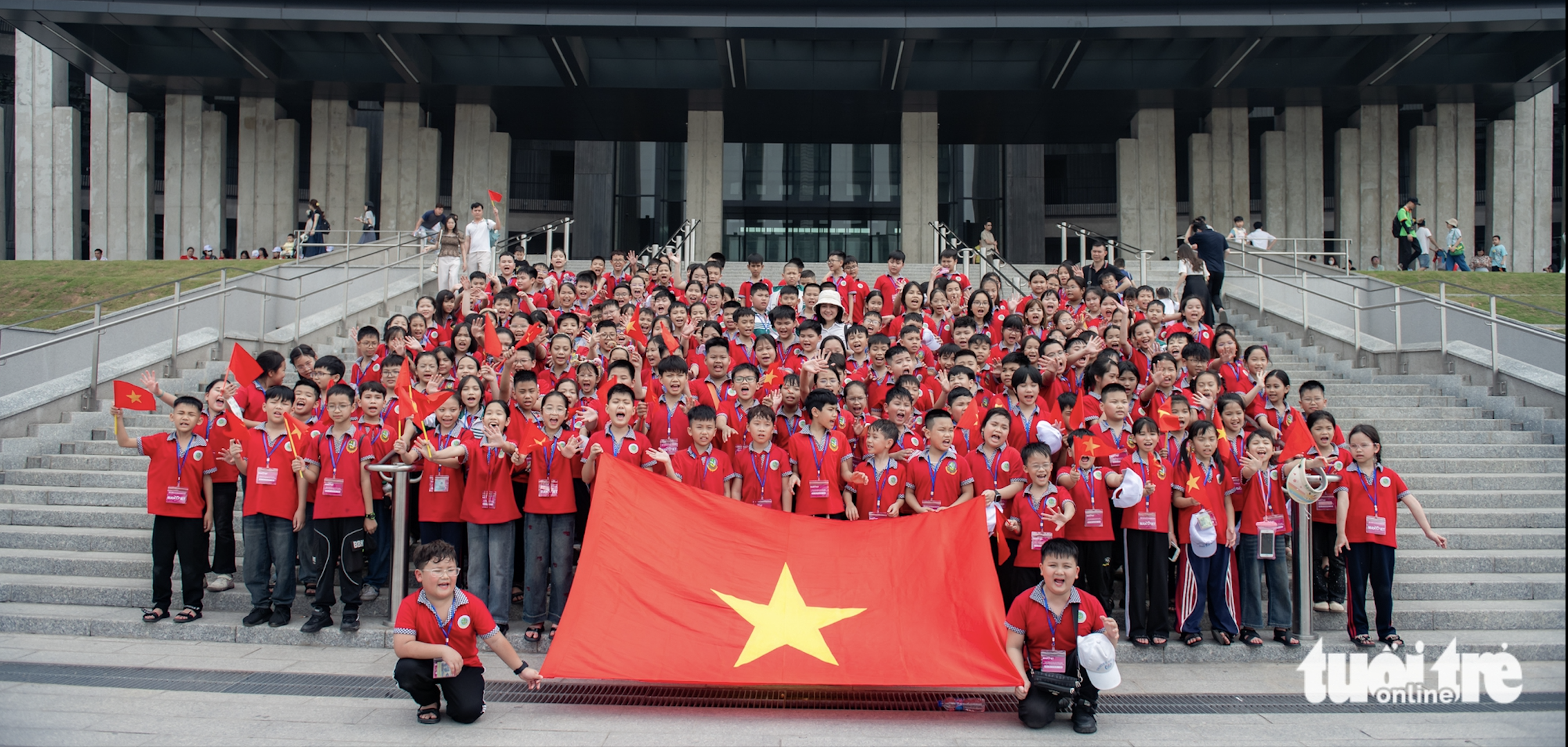




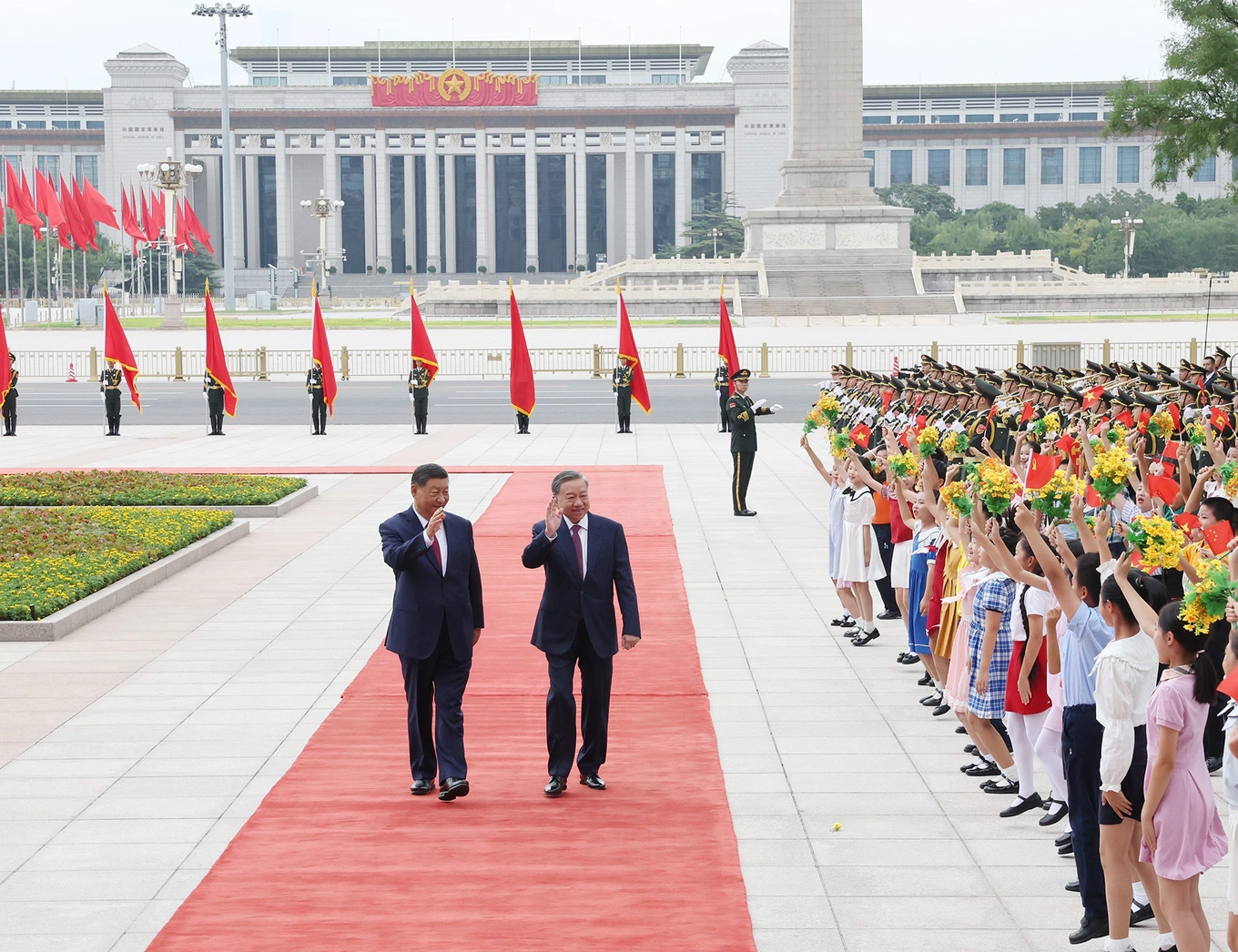







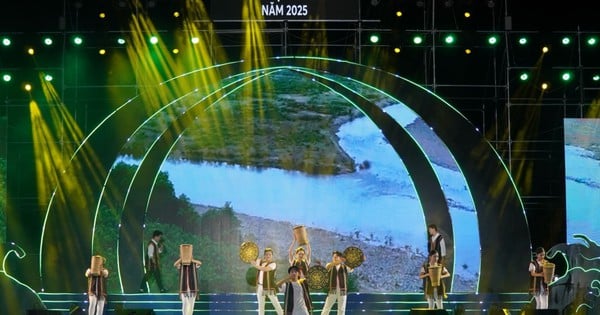
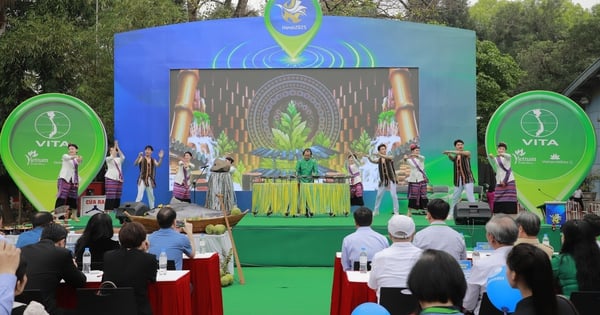




















Comment (0)